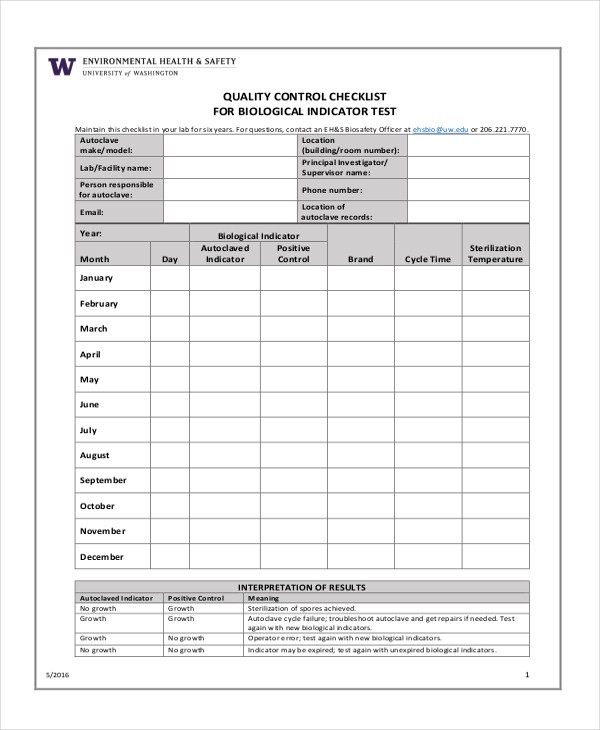
As compared to QA, which is process oriented, QC is part of a quality system which is product oriented and focuses on defect identification. In one example, Task Group 18 of the Diagnostic Committee of the AAPM has established a standard of performance for Quality Control (QC) of medical imaging displays. The American Association of Physicists in Medicine (AAPM) has established many Task Groups which focus on QA of medical imaging systems for each specific imaging modality. Medical physicists are responsible for acceptance testing and verifying the appropriate setup and performance of imaging equipment. Process map for diagnostic radiological imaging examinations. For a radiological imaging exam, the process is outlined in Fig. 7.1. Allocate resources for QA program and coordinate QA effortsĪ process map is a graphical representation of a process including the sequence of all steps that transform inputs to outputs. Demand accountability for image quality and availabilityĩ. Support QA program by controlling resources and priorities in imaging departmentsĨ. Ensure proper calibration and performance of imaging equipmentĦ. Acceptance testing of imaging equipment (verifies compliance with local regulatory requirements, compliance with special contractual terms, and compliance with manufacturer’s specifications)ĥ. Ensure appropriate imaging display, transfer, and archiving into PACSĤ. Process must be in place to verify arrival of images and a mechanism to detect and correct errors in deliveryģ.

Perform imaging exam and ensure images are delivered to physicianĢ. There are many stakeholders within a radiology department who should be involved in a QA program ( Table 7.1 ) and a QA committee including all these stakeholders should meet periodically to review QA issues.ġ. Improperly calibrated image acquisition devices Ultimately, a radiologist’s final report is the final product being evaluated and the images and imaging equipment are auxiliary.Įrrors can occur at many stages and may include the following: Facilities should have documented policies and procedures in place to monitor and evaluate the proper performance, management, and safety of imaging equipment. In radiology, a QA program ensures the correct operation of imaging systems for the delivery of optimal patient care. Ultimately, the QA program must be commensurate with the product and the potential risk of product failure. A QA program includes components such as document controls, purchasing controls, process controls, traceability, acceptance standards, and training.

A proper QA program has many components that objectively demonstrate confidence in product or service quality to the user. Quality Assurance (QA), defined as the maintenance of a desired level of quality in a service or a product, is a subset of the quality management system (QMS) and provides the framework that ensures quality requirements are met.


 0 kommentar(er)
0 kommentar(er)
